Over the years, I have found that creating a safe and comfortable enclosure for my ducks is crucial for their well-being.
In this blog post, I will share 23 DIY duck enclosure ideas that you can easily implement to ensure your feathered friends are happy and secure in their space.
From using recycled materials to creating custom-built ponds, these projects will inspire you to enhance your duck’s living environment in a budget-friendly and creative way. Let’s get started!
Essential Considerations

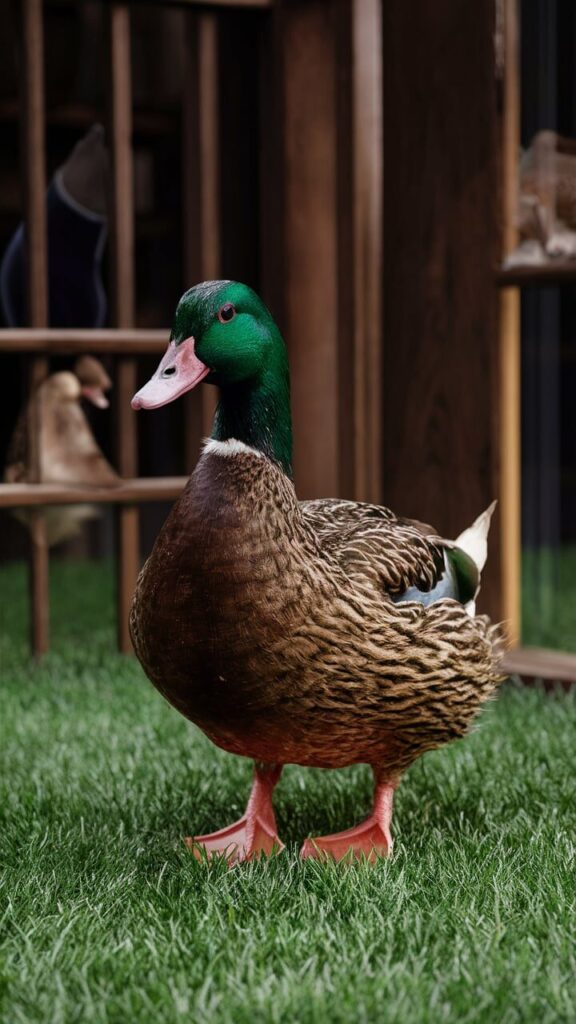
While setting up a duck enclosure, there are vital considerations to keep in mind to ensure the safety and wellbeing of your ducks.
From space requirements to predator protection, each factor plays a crucial role in creating a comfortable environment for your feathered friends.
Space and Size Requirements

The space and size of your duck enclosure are crucial elements to consider when DIY-ing your duck habitat.
The rule of thumb is to provide at least 4 square feet of coop space per duck, as well as ample room for them to roam and forage. Ducks are active animals and need space to waddle around comfortably.
Ensuring your enclosure is spacious enough will help prevent overcrowding and potential territorial disputes among the ducks.
Predator Protection and Safety
Protection against predators is a top priority when creating a duck enclosure. Ensuring that your enclosure is predator-proof is vital to keeping your ducks safe.
Predators such as foxes, raccoons, and even aerial predators like hawks pose a threat to your ducks.
Consider adding secure fencing, burying wire at the bottom to prevent digging, and installing a sturdy roof to keep predators out.
Regularly inspecting the enclosure for any vulnerabilities and making necessary repairs is crucial in maintaining a safe environment for your ducks.
Plus, placing motion-activated lights or sound devices can help deter nocturnal predators from approaching your duck enclosure.
These extra measures can provide an added layer of security and peace of mind for you and your feathered companions.
DIY Enclosure Materials
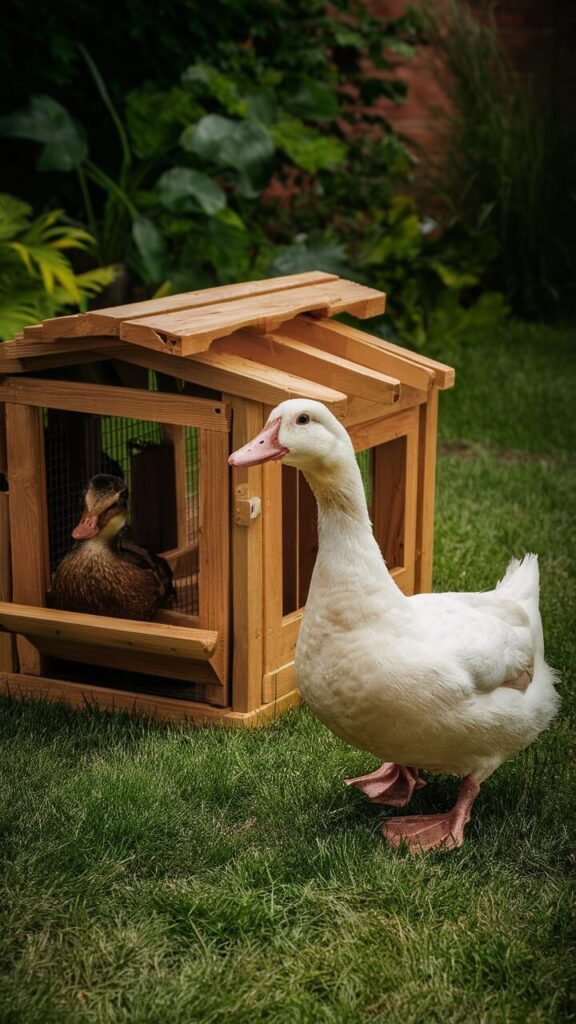
Wood and Wire Options
Materials for building a duck enclosure can vary, but one popular option is using wood and wire mesh. Wood provides a sturdy frame for the enclosure, while wire mesh helps keep the ducks safe from predators.
You can use pressure-treated wood for durability and weather resistance. Make sure the wire mesh you choose has small enough gaps to prevent predators from getting in.
Repurposed Materials for a Unique Look

Repurposed materials can add a unique touch to your duck enclosure. Consider using old pallets, reclaimed wood, or even discarded windows and doors to create a one-of-a-kind space for your ducks.
Not only is repurposing materials environmentally friendly, but it also gives your enclosure a charming, rustic look that can’t be replicated with store-bought materials.
Materials like old doors can be repurposed as the entrance to the enclosure, while windows can be used to create a small greenhouse area for your ducks to enjoy.
Get creative with your repurposed materials and let your imagination run wild!
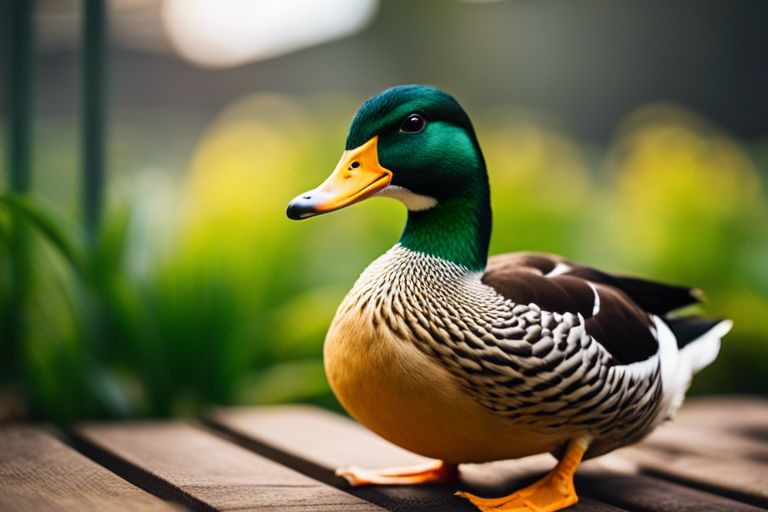
Coop and Run Designs
Simple and Functional Designs
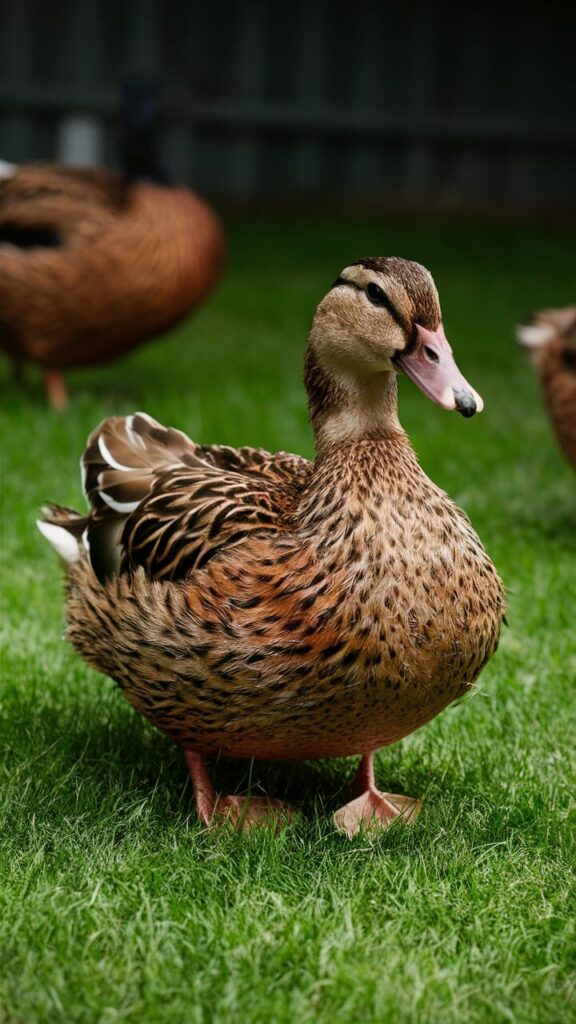
One vital aspect of creating a duck enclosure is to ensure that it is both simple and functional.
When designing a coop and run for your ducks, make sure to prioritize safety and ease of maintenance.
A basic design with a sturdy structure that provides protection from predators and harsh weather conditions is key.
Creative and Whimsical Ideas

Coop designs don’t have to be boring – get creative and inject some whimsy into your duck enclosure!
Think about adding colorful details, unique shapes, and fun elements that not only provide shelter but also add personality to your outdoor space.
Your ducks will appreciate a space that is not only functional but also visually appealing.
The sky’s the limit when it comes to designing a duck coop and run.
Consider incorporating elements like a mini pond, a decorative windmill, or even a duck-sized swing to create a playful and engaging environment for your feathered friends.
Get inspired by your surroundings and let your imagination run wild!
Fencing and Boundaries

All DIY duck enclosures need proper fencing to keep the ducks safe and secure.
Types of Fencing for Duck Enclosures

In the matter of selecting the right fencing for your duck enclosure, it’s crucial to consider durability, safety, and predator protection.
Some common types of fencing for duck enclosures include wire mesh, poultry netting, electric fencing, deer fencing, and pvc fencing.
Each has its pros and cons, so it’s necessary to choose the one that best suits your needs and location.
Perceiving the strengths and weaknesses of each type will help you make an informed decision for your duck enclosure.
| Wire Mesh | Poultry Netting |
| Electric Fencing | Deer Fencing |
| PVC Fencing |
One
Setting Boundaries for Happy Ducks
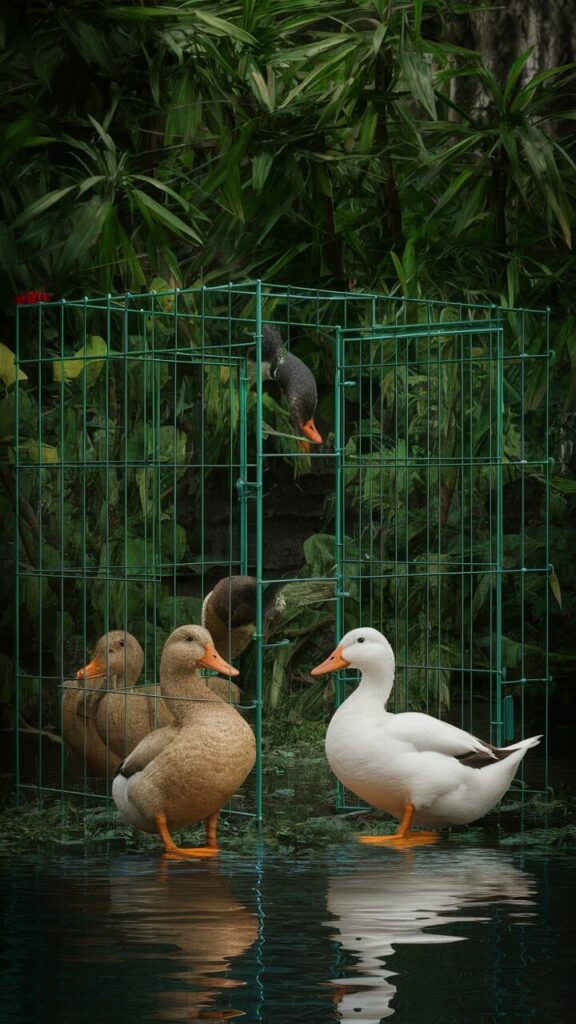
Any DIY duck enclosure should have clearly defined boundaries to keep the ducks safe and happy.
Ducks thrive in environments where they feel secure and protected. Setting up physical boundaries using fencing, shrubs, or natural barriers can help define their space and prevent them from wandering off.
Understanding the importance of boundaries will not only keep your ducks safe but also provide them with a sense of security and structure in their enclosure.
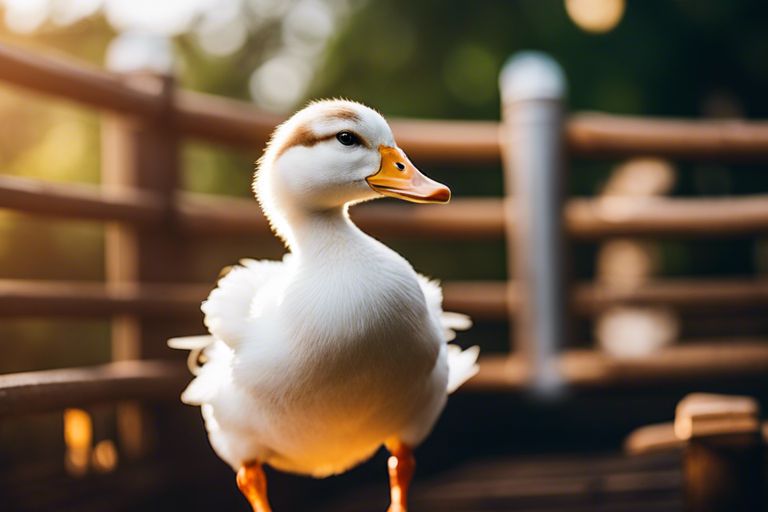
Shelter and Comfort

Providing Adequate Shelter from the Elements
After setting up your DIY duck enclosure, the next step is to ensure your feathered friends have adequate shelter from the elements.
Ducks are hardy birds, but they still need protection from extreme weather conditions.
Make sure their shelter provides protection from rain, wind, and excessive sun exposure. This can be achieved by positioning the enclosure in a sheltered area or providing a waterproof roof over their living space.
Adding Comfortable Bedding and Accessories
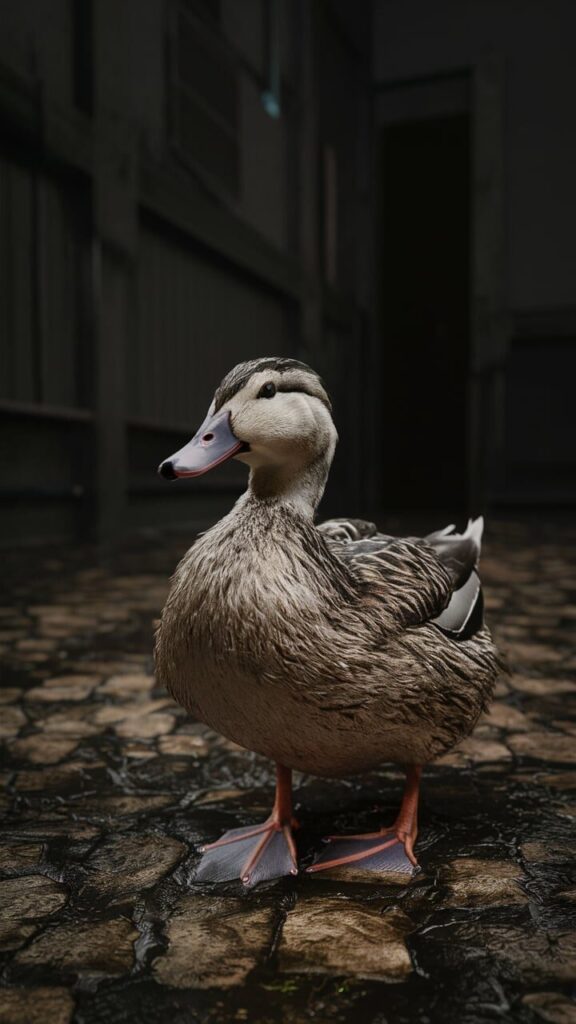
Providing comfortable bedding and accessories will make your ducks feel right at home in their enclosure. Ducks love to nestle in soft bedding, so consider using materials like straw, hay, or shredded paper.
You can also add accessories like shallow pools for swimming, ramps for easy access, and even some toys for mental stimulation.
Ducks are social creatures, so having a few hiding spots or perches can also make them feel secure and comfortable.
A well-designed duck enclosure not only provides shelter but also ensures your ducks are comfortable and happy in their surroundings.
Investing in quality bedding and accessories will not only keep your ducks cozy but also make it easier for you to maintain their enclosure. Keep in mind, a happy duck is a healthy duck!
Health and Hygiene
Unlike other pets, ducks require special attention when it comes to their health and hygiene. Maintaining a clean and sanitary duck enclosure is crucial for the well-being of your feathered friends.
Keeping the Enclosure Clean and Sanitary
Enclosure cleanliness is key to preventing diseases and ensuring that your ducks thrive in a safe environment. Regularly remove waste and soiled bedding to prevent bacterial growth.
Provide clean, fresh water daily, and scrub waterers to prevent algae and mold buildup. Consider using non-toxic cleaning agents to disinfect the enclosure periodically.
Tips for Maintaining Duck Health
Ducks are generally hardy animals, but there are a few health tips to keep in mind to ensure they stay happy and healthy.
Regularly check your ducks for any signs of illness or injury, and consult a veterinarian if you notice anything concerning.
Ensure they have access to a balanced diet and adequate shelter to protect them from predators and extreme weather conditions.
- Provide regular access to clean water for drinking and bathing.
- Monitor their behavior for any changes that could indicate underlying health issues.
- Thou should always be proactive in seeking veterinary care if you have any concerns about your ducks’ health.
Duck
For instance, ducks are susceptible to respiratory infections, so it’s vital to provide proper ventilation in their enclosure to prevent the buildup of moisture and ammonia.
Additionally, ensure that their feed is stored in a dry, pest-proof container to avoid contamination. Regular health check-ups and vaccinations can also help prevent common diseases in ducks.
- Keep their living quarters dry and well-ventilated to prevent respiratory issues.
- Store feed properly to avoid attracting pests and causing health problems.
- Thou must be diligent in monitoring your ducks’ health and addressing any concerns promptly.
Conclusion
Drawing together the various DIY duck enclosure ideas presented in this article, I hope you feel inspired to create a safe and comfortable space for your feathered friends.
Whether you choose a mobile tractor design, a spacious pond enclosure, or a simple backyard setup, each option offers its own unique benefits and challenges.
Remember to consider your ducks’ needs, such as protection from predators, shelter from the elements, and space to roam and forage.
I encourage you to get creative and tailor these ideas to suit your specific situation and preferences.
With a little bit of time, effort, and ingenuity, you can build a duck enclosure that not only meets your ducks’ requirements but also enhances the overall aesthetics of your outdoor space. Happy building!
